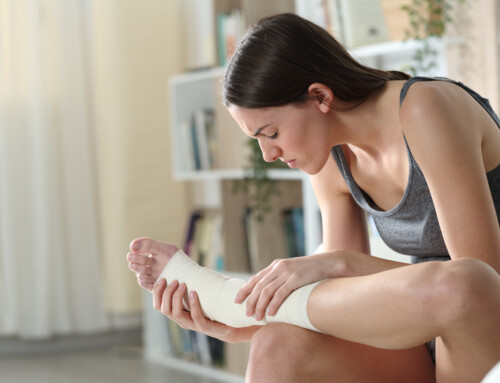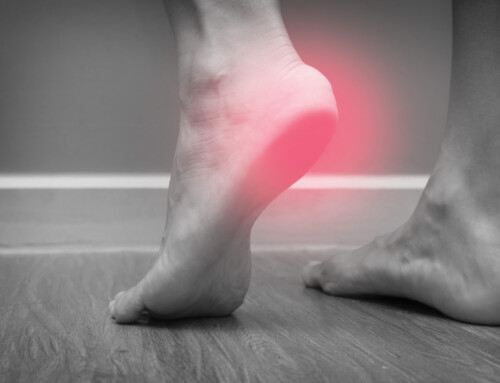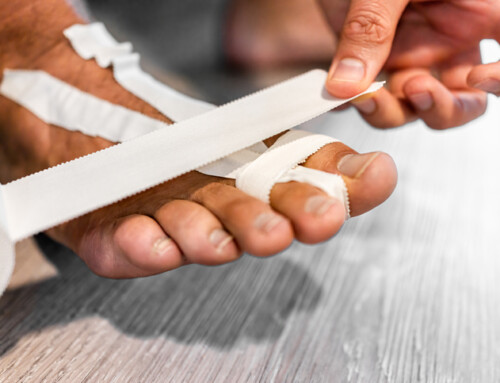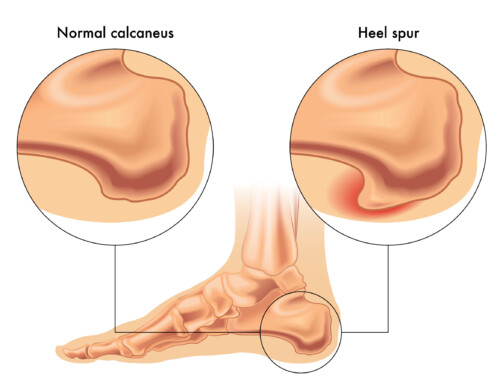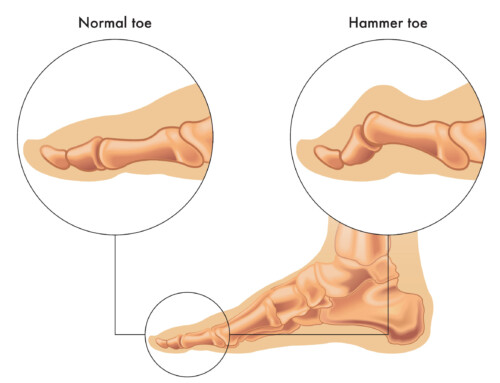by Elizabeth Hogan, SPT
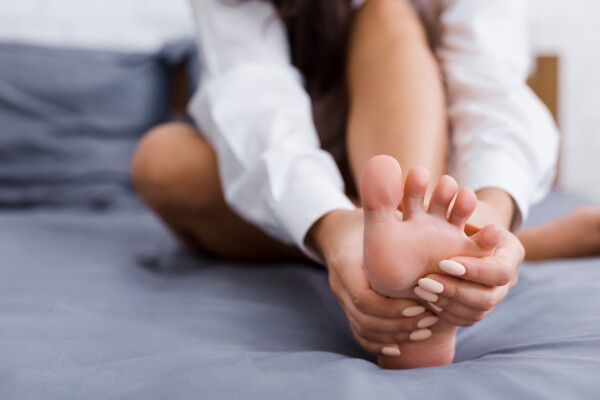
Muscles that supply movement to the foot are divided anatomically into two separate groups: intrinsic and extrinsic. Extrinsic muscles originate outside the foot, and insert in the foot. Intrinsic muscles of the foot originate and insert all within the foot, meaning they are completely contained within the foot. The foot has intrinsic muscles on the dorsal surface (top of the foot) and plantar surface (bottom of the foot). In total, there are 20 intrinsic muscles in each foot.
What Are The Foot Muscles and What Do They Do?
- Dorsum (top of the foot)
- Extensor digitorum brevis: extends the second through fourth toes
- Extensor hallucis brevis: extends the great toe
- Plantar (bottom of the foot)
- First Layer
- Abductor Hallucis: abducts and flexes the great toe
- Flexor digitorum brevis: flexes digits two through five
- Abductor digiti minimi: abducts and flexes the fifth digit
- Second Layer
- Quadratus Plantae: helps flex digits two through five
- Lumbricals (4): flex the metatarsophalangeal joints and extend the interphalangeal joints of digits two through five
- Third Layer
- Flexor Hallicus Brevis: Flexes the great toe
- Adductor Hallicus
- Oblique and Transverse heads: abduct the great toe
- Flexor Digiti minimi brevis: flexes the fifth digit
- Fourth Layer
- Plantar Interossei (3): adduct and flex digits three through five
- Dorsal Interossei (4): abduct and flex digits two through four
- First Layer
How are they innervated?
- The muscles in our body all require input from our nervous system to produce movement. The intrinsic foot muscles receive and send messages to our brain via branches of the tibial nerve or the deep fibular nerve.
How do they receive blood?
- ·The intrinsic foot muscles receive blood from branches of either the posterior tibial artery or the dorsalis pedis artery.
What’s their function?
- Maintain and support the foot’s medial arch
- Help with fine movements of the toes
- Help propel us forward when walking or running
- Help us maintain our balance while standing
- Help prevent over-pronation
Capital Area Physical Therapy & Wellness provides physical therapy for foot and ankle pain. Our experienced providers serve the Upstate NY Malta / Saratoga / Glens Falls & Queensbury region with physical therapy services for foot pain and related conditions.
Call (518) 289-5242 to schedule an evaluation at any of our locations, or to learn more about the services provided by our physical therapists.
References
1. Drake RL, Vogl W, Mitchell AWM. Lower Limb. In: Gray’s Anatomy for Students. Philedelphia, PA: Elsevier; 2005:557-585.
2. Magee DJ. Orthopedic Physical Assessment. 5th ed. St. Louis, MO: Saunders; 2009.

